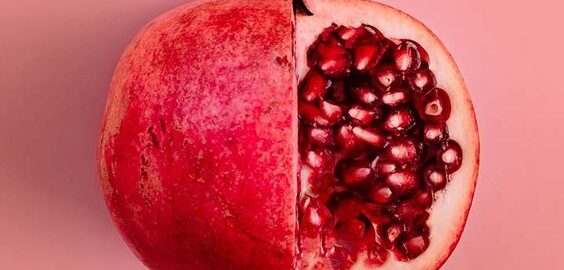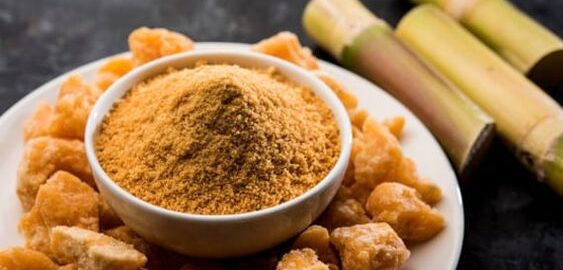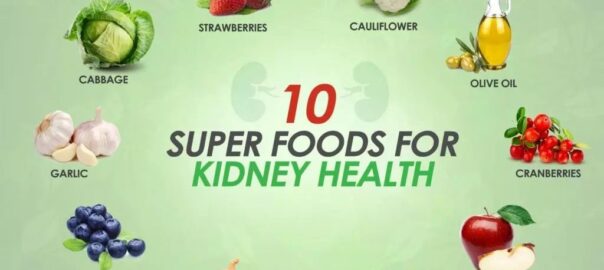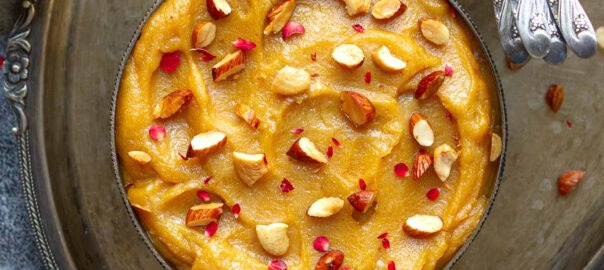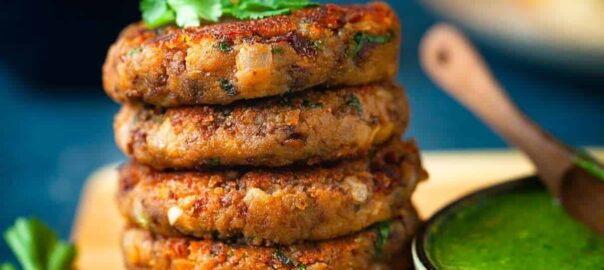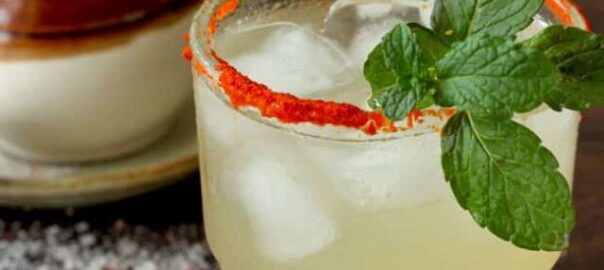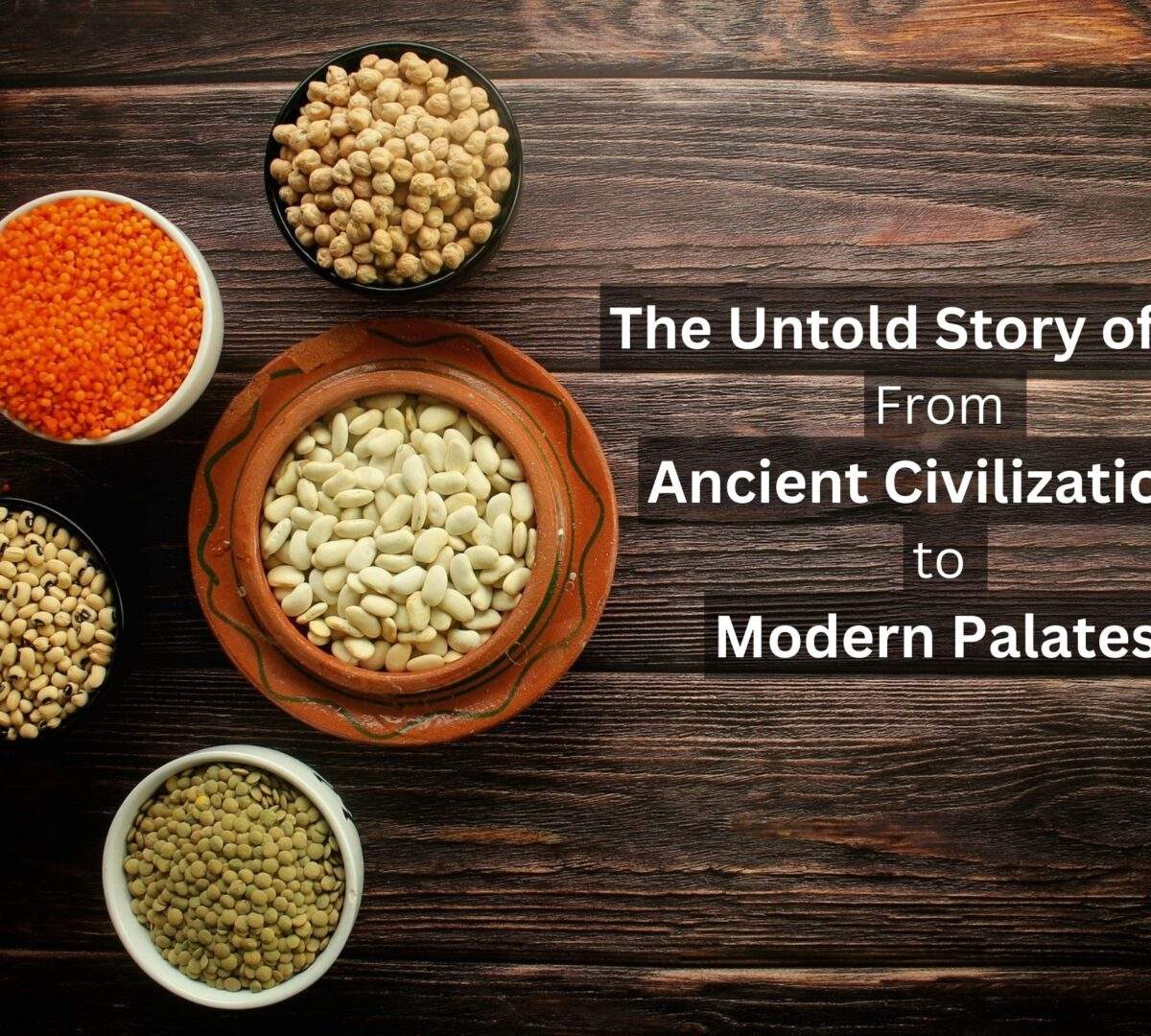

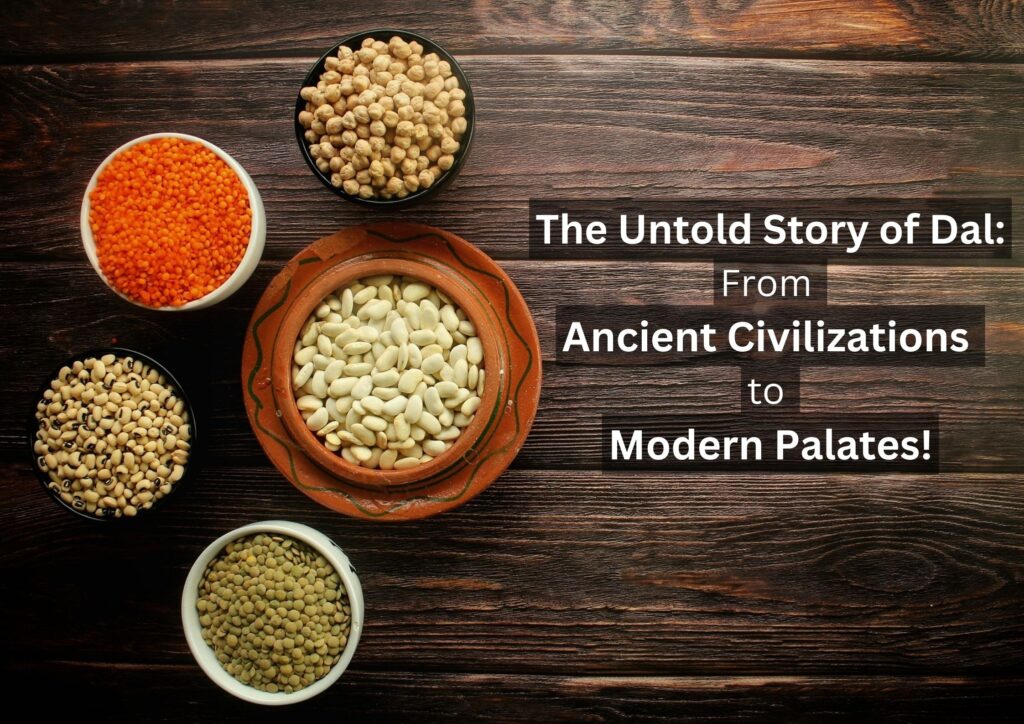

Table 1: Outline of the Article
Heading |
Introduction |
Origins of Dal |
Dal in Ancient India |
Dal in Medieval India |
Dal in Modern India |
Popular Dal Varieties |
Nutritional Value of Dal |
Health Benefits of Dal |
Dal in Indian Cuisine |
Dal as a Staple Food |
Dal in Regional Cuisines |
Dal as a Source of Protein |
Dal Cultivation and Production |
Challenges Faced by Dal Farmers |
Government Initiatives for Dal |
Conclusion |
FAQs |
Table 2: Article
History of Dal in India
Introduction
Dal, also known as lentils or pulses, holds a significant place in Indian cuisine and culture. It has been an integral part of Indian meals for centuries, providing a nutritious source of protein, vitamins, and minerals. This article delves into the rich history of dal in India, exploring its origins, evolution, cultural significance, and the role it plays in the diverse regional cuisines of the country.
Origins of Dal
The consumption of dal dates back thousands of years, with evidence of its cultivation and consumption found in the Indus Valley Civilization. Archaeological excavations have revealed remnants of lentils and pulse-related tools, indicating the early recognition of dal’s nutritional value. The cultivation of lentils spread across different regions of India, contributing to its popularity and diverse varieties.
Dal in Ancient India
During the ancient period, dal was an important part of the Indian diet. It was mentioned in ancient texts such as the Rigveda, which described the significance of lentils as a wholesome food source. Lentils were considered sacred and were offered during religious rituals. The Ayurvedic texts also emphasized the health benefits of dal and recommended its consumption for a balanced diet.
Dal in Medieval India
The medieval period witnessed the spread of dal’s popularity across different regions and social classes. It became a staple food for both the common people and the royal households. The Mughal era saw the introduction of various lentil-based delicacies, such as dal makhani and dal fry, which continue to be cherished in modern Indian cuisine. The medieval period also saw the emergence of different cooking techniques and flavors associated with dal.
Dal in Modern India
In modern India, dal remains an essential ingredient in everyday cooking. Its versatility allows for a wide range of preparations, from soups and stews to side dishes and snacks. Each region of India has its own unique way of cooking dal, incorporating local spices, flavors, and cooking methods. It has become synonymous with comfort food and is cherished by people of all age groups.
Popular Dal Varieties
India is home to numerous dal varieties, each with its own distinct taste and texture. Some popular dal varieties include masoor dal, toor dal, chana dal, urad dal, and moong dal. These varieties are used in a myriad of recipes, adding flavor, color, and nutritional value to the dishes.
Nutritional Value of Dal
Dal is not only a rich source of protein but also provides essential nutrients like fiber, folate, iron, and potassium. It is low in fat and cholesterol, making it a healthy choice for individuals seeking a balanced diet. The combination of dal with grains like rice or roti forms a complete protein, providing all the essential amino acids required by the body.
Health Benefits of Dal
Consuming dal offers numerous health benefits. It helps in maintaining healthy blood sugar levels, reducing the risk of cardiovascular diseases, and promoting digestive health. The high fiber content in dal aids in weight management and prevents constipation. Additionally, dal contains antioxidants that contribute to overall well-being and reduce the risk of chronic illnesses.
Dal in Indian Cuisine
Indian cuisine is known for its rich and diverse flavors, and dal plays a crucial role in enhancing the taste and nutritional value of many traditional dishes. From comforting dal tadka to the spicy and tangy sambhar, dal-based recipes are a staple in Indian households. The use of aromatic spices like cumin, turmeric, and mustard seeds further enhances the flavors of dal preparations, making them irresistibly delicious.
Dal as a Staple Food
Dal holds a special place as a staple food in Indian households. It is consumed on a daily basis, providing a regular source of protein and essential nutrients. Whether it’s a simple dal khichdi or a flavorful dal curry, it forms the foundation of a balanced Indian meal. The versatility of dal allows it to be cooked in various ways, catering to different tastes and dietary preferences.
Dal in Regional Cuisines
India’s vast cultural and regional diversity reflects in its culinary traditions. Each region has its own unique way of cooking dal, resulting in a diverse array of dal-based dishes. In the northern states of India, dal makhani and dal tadka are popular choices, while in the southern regions, sambhar and rasam take the spotlight. The eastern and western parts of the country have their own regional specialties like bengali moong dal and gujarati dal dhokli. This regional variation showcases the versatility and adaptability of dal in different cooking styles.
Dal as a Source of Protein
Protein is an essential macronutrient required for the growth and repair of body tissues. Dal serves as an excellent vegetarian source of protein, making it a vital ingredient for individuals following a vegetarian or vegan diet. It provides a substantial amount of plant-based protein, which is easily digestible and promotes muscle development. Including dal in meals ensures a balanced intake of protein and complements other vegetarian sources like grains and vegetables.
Dal Cultivation and Production
Dal cultivation involves a meticulous process that starts with selecting the right variety of lentils, preparing the soil, sowing the seeds, and providing adequate irrigation and care. Farmers across India work tirelessly to ensure a successful dal harvest. However, the cultivation of dal faces challenges such as unpredictable weather patterns, pests, and diseases, which can affect the overall production and availability of dal.
Challenges Faced by Dal Farmers
Dal farmers in India encounter various challenges in the cultivation and production process. Erratic weather conditions, including droughts and floods, can lead to crop failure and financial instability. Additionally, the rising costs of inputs like seeds, fertilizers, and pesticides pose financial burdens on farmers. Lack of access to credit facilities and modern farming techniques further exacerbate the challenges faced by dal farmers.
Government Initiatives for Dal
To support dal farmers and ensure the availability of dal in the market, the Indian government has implemented several initiatives. These initiatives focus on providing financial assistance, access to modern agricultural practices, and the establishment of procurement and distribution systems. The government also emphasizes research and development in dal farming techniques to enhance productivity and sustainability.
Conclusion
The history of dal in India is a testament to its cultural significance and nutritional value. From ancient civilizations to modern households, dal has remained an integral part of Indian cuisine. Its versatility, health benefits, and role as a staple food make it an essential ingredient in Indian meals. However, challenges faced by dal farmers and the need for sustainable agricultural practices highlight the importance of supporting and promoting dal cultivation.
FAQs
- Is dal gluten-free? Yes, dal is naturally gluten-free, making it suitable for individuals with gluten intolerance or celiac disease.
- Can I store cooked dal for a few days? Yes, cooked dal can be stored in the refrigerator for up to 3-4 days. Make sure to store it in an airtight container to preserve freshness.
- What are some common ways to cook dal? There are various ways to cook dal. Some popular methods include boiling dal with spices and tempering, pressure cooking, or slow cooking for a rich and creamy texture.
- Is dal suitable for weight loss diets? Yes, dal is an excellent choice for weight loss diets. It is low in fat, high in fiber, and provides a good amount of protein, which helps in promoting satiety and maintaining a healthy weight.
- Can dal be consumed by people with diabetes? Yes, dal can be consumed by people with diabetes. It has a low glycemic index, which means it causes a slower rise in blood sugar levels. However, portion control and moderation are important.
- Are all dal varieties equally nutritious? While all dal varieties provide protein and nutrients, the nutritional composition may vary slightly. Different dal varieties offer unique health benefits, so it is beneficial to include a variety of lentils in your diet.
In conclusion, the history of dal in India is a tale of its deep-rooted cultural significance, culinary diversity, and nutritional value. From its ancient origins to its prominent place in modern Indian cuisine, dal has stood the test of time. Its versatility, regional variations, and health benefits make it a beloved ingredient in countless households across the country. As we cherish the flavors and traditions associated with dal, it is crucial to support and sustain the efforts of dal farmers, ensuring the availability of this wholesome ingredient for generations to come.

